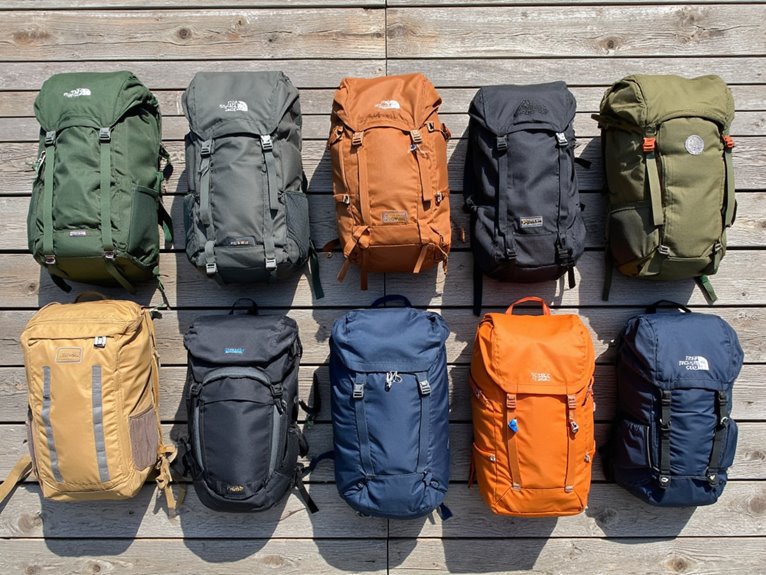Do You Put a Tarp Under or Inside a Tent?
When deciding where to place a tarp, consider the pros and cons of each option. Placing a tarp under the tent provides additional protection from moisture and abrasion, but may add weight and bulk. Inside the tent, a tarp prevents gear from getting wet and reduces condensation buildup. However, improper placement can create a humidity trap. To make an informed decision, it's essential to understand the advantages and drawbacks of each approach, as well as strategies for waterproofing and condensation prevention. By weighing these factors, you can optimize your tent's performance and guarantee a comfortable camping experience.
We are supported by our audience. When you purchase through links on our site, we may earn an affiliate commission, at no extra cost for you. Learn more. Last update on 14th December 2025 / Images from Amazon Product Advertising API.
Tarp Under the Tent: Pros and Cons
Using a tarp under the tent can be a valuable addition to your camping setup, but it's essential to weigh the benefits against the drawbacks before deciding whether this configuration is right for you.
On the one hand, a tarp under the tent provides additional protection from moisture and abrasion, extending the life of your tent. It can also help to reduce noise and create a more comfortable sleeping surface.
However, it may add extra weight and bulk to your packing list, and may not be necessary in dry or low-impact camping conditions.
In addition, a tarp under the tent can create a humidity trap, which can lead to condensation buildup inside the tent.
Moreover, careful consideration of these factors is necessary to determine if using a tarp under the tent is the right choice for your camping needs.
Tarp Inside the Tent: Advantages
A tarp placed inside the tent can effectively prevent inner walls and gear from getting wet in rainy or snowy conditions, while also protecting the tent's interior from condensation buildup.
This setup allows for a dry and comfortable living space, even in harsh weather conditions.
Additionally, the tarp can help to reduce noise levels inside the tent by absorbing sound, making it ideal for campers who value a peaceful camping experience.
In addition, the tarp can also serve as a floor liner, providing an extra layer of protection against ground moisture and abrasion.
Moreover, the tarp can add an extra layer of protection and comfort, making it an attractive option for campers.
Waterproofing and Condensation Issues
Properly securing a tarp inside the tent is essential, as it helps prevent water from seeping in and reduces condensation issues that can lead to an uncomfortable and damp camping experience.
Condensation occurs when warm air inside the tent meets the cooler tarp, causing moisture to accumulate.
To minimize condensation, verify that the tarp is not touching the tent walls or floor. Instead, create a small gap to promote airflow and reduce moisture buildup.
Additionally, using a waterproof and breathable tarp material can help prevent water from penetrating the fabric.
Tent Floor Protection Strategies
Secure the tarp beneath the tent floor to shield it from abrasive surfaces, moisture, and ground-dwelling pests.
This vital step guarantees the tent's floor remains intact, preventing scratches, tears, and water seepage.
In addition, a tarp barrier prevents insects and small animals from burrowing underneath, reducing the risk of unwanted visitors and potential damage.
Moreover, a tarp can help level out uneven terrain, providing a smoother surface for the tent to sit on.
Choosing the Right Tarp Placement
When selecting a tarp placement, consider the terrain, wind direction, and potential water flow to guarantee the tarp is positioned to maximize protection and minimize damage.
To ensure optimal tarp placement, keep the following factors in mind:
Slope and drainage: Place the tarp on a slight incline to allow water to flow away from the tent.
Wind direction: Position the tarp to block direct wind, reducing wind-driven rain and snow.
Tree and branch protection: If camping near trees, place the tarp to protect the tent from falling branches and debris.
Water sources: Keep the tarp away from standing water, rivers, or streams to prevent water accumulation.
Tent orientation: Align the tarp with the tent's orientation to ensure seamless integration and protection.



